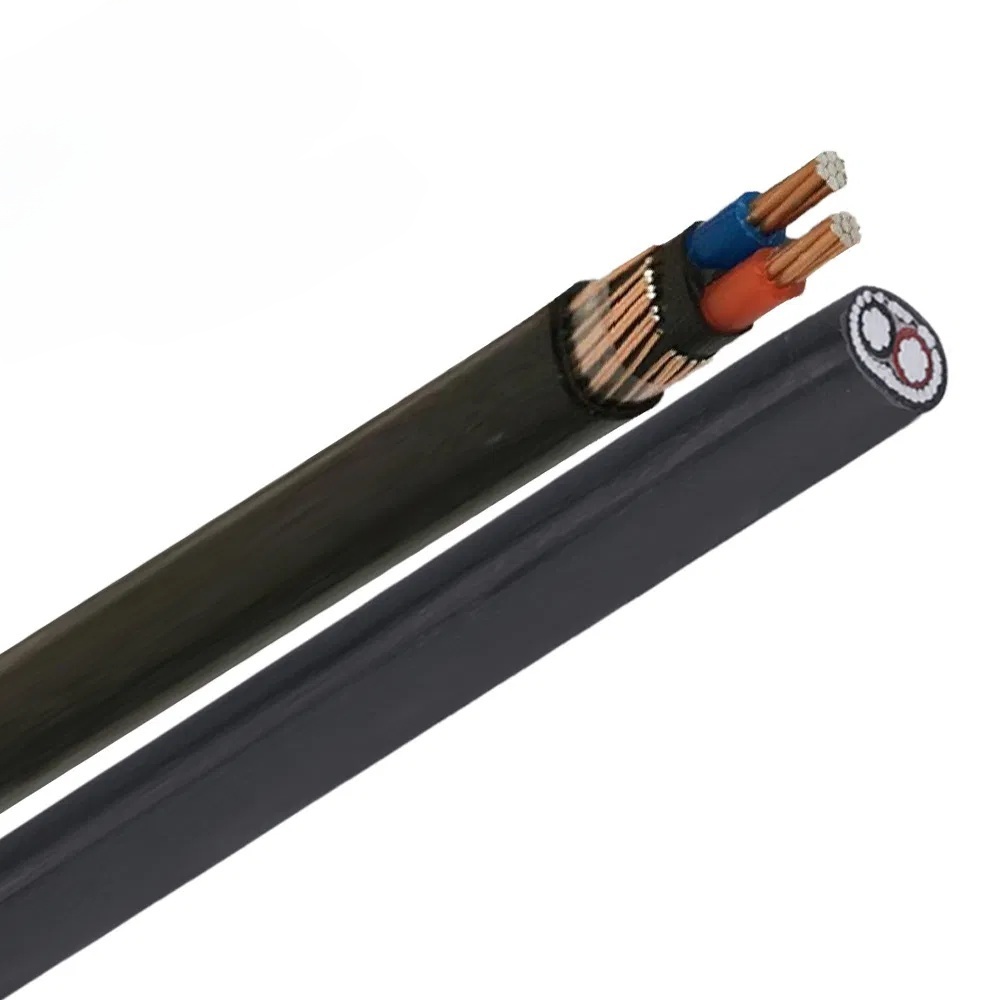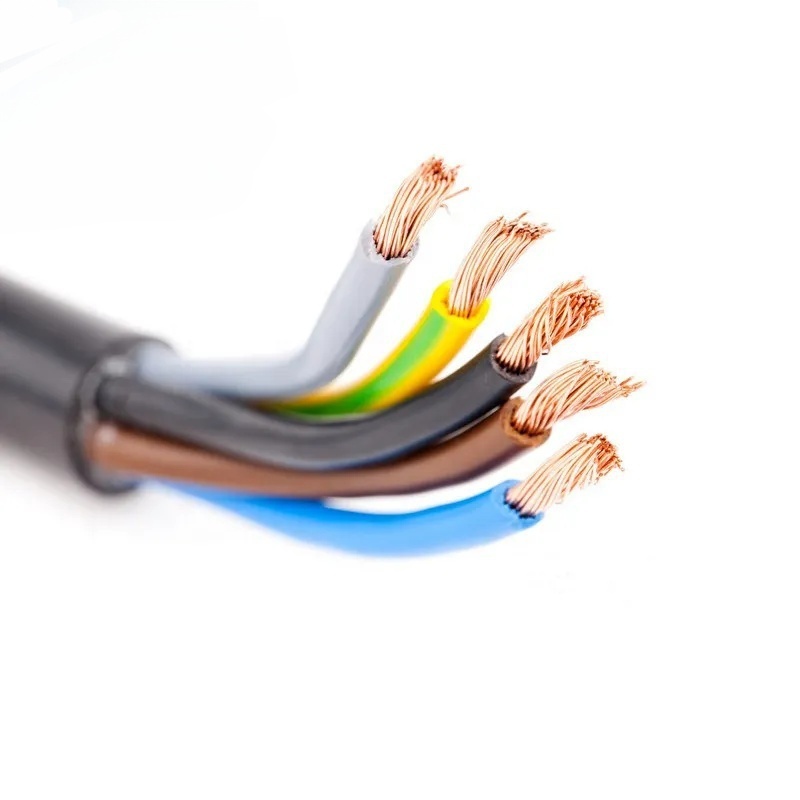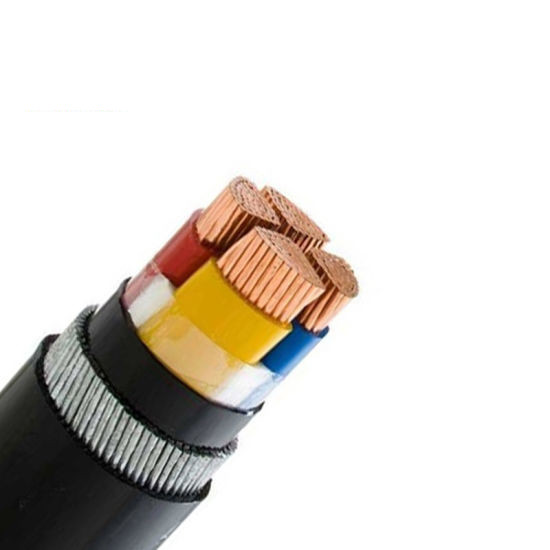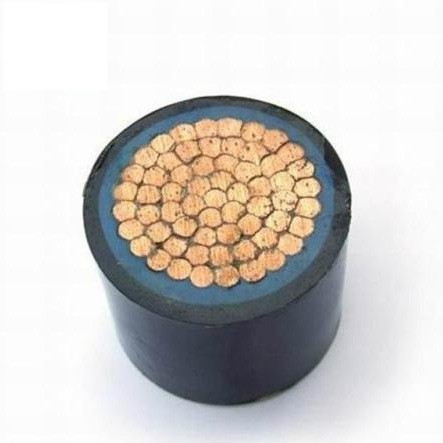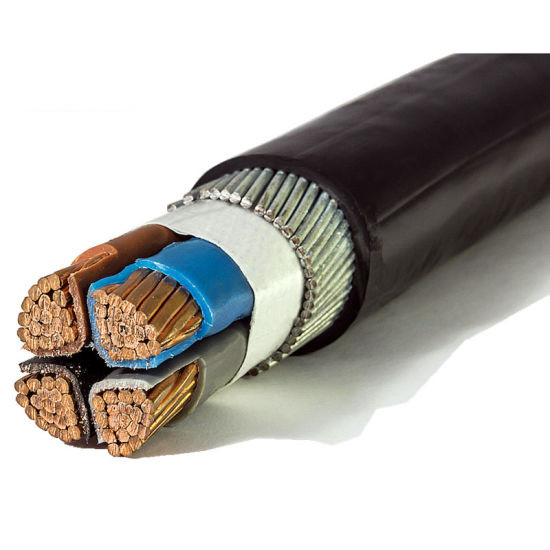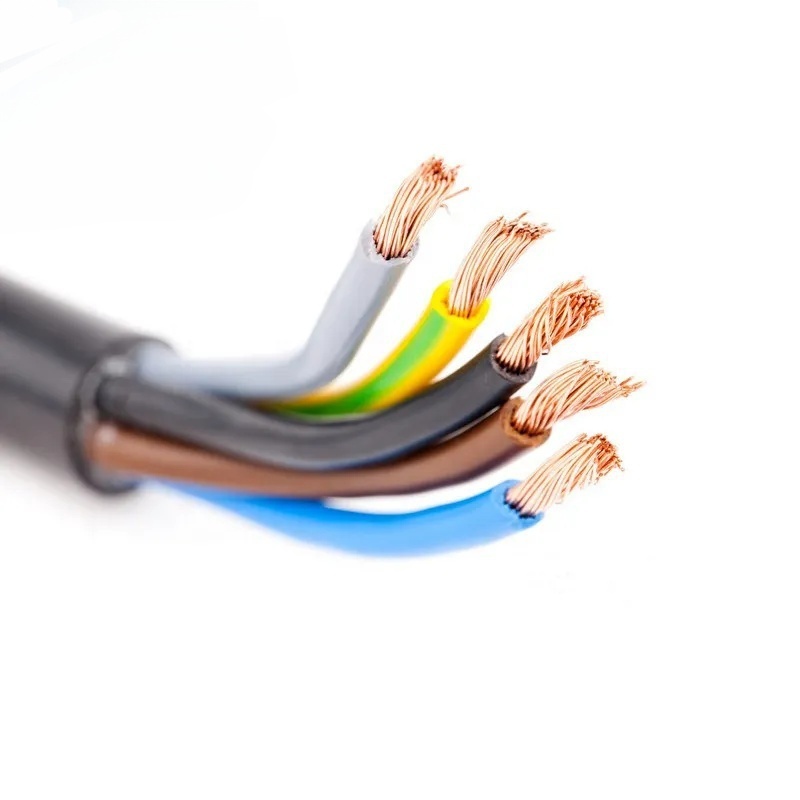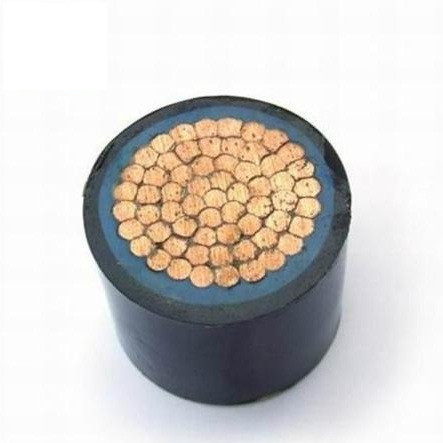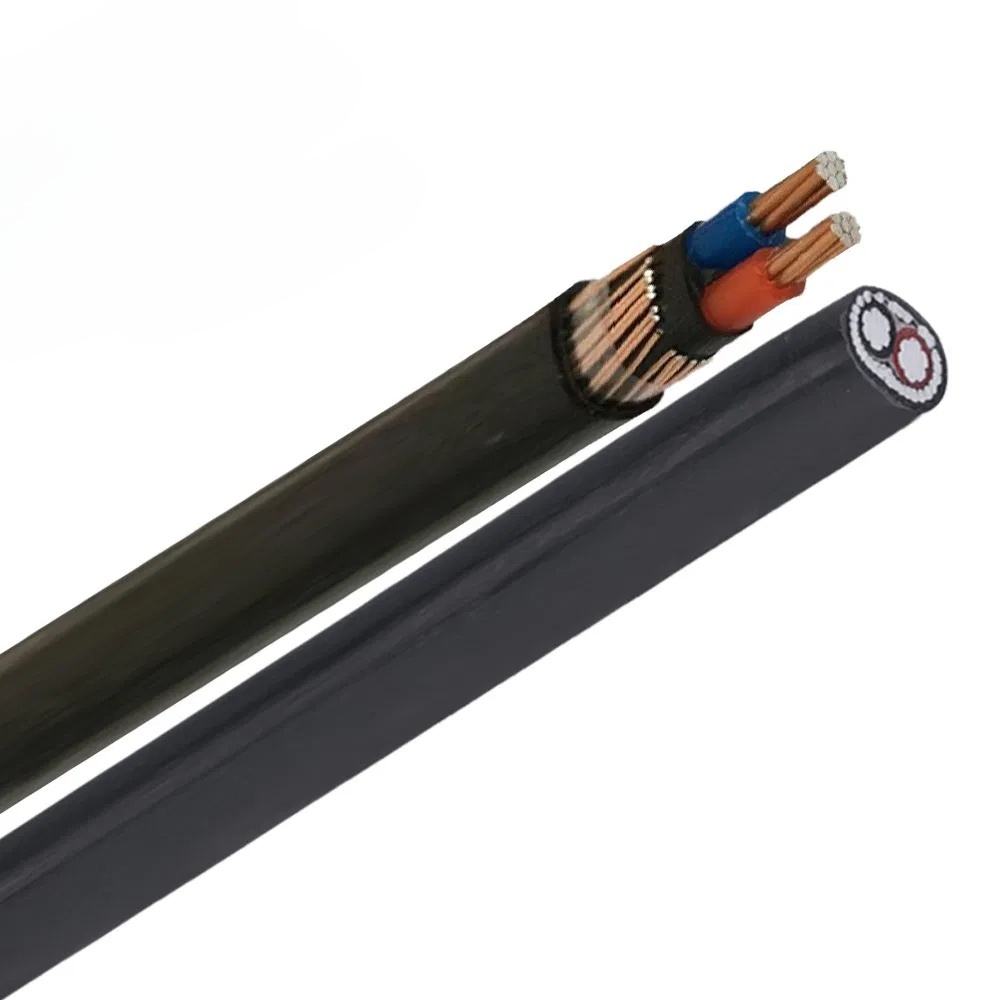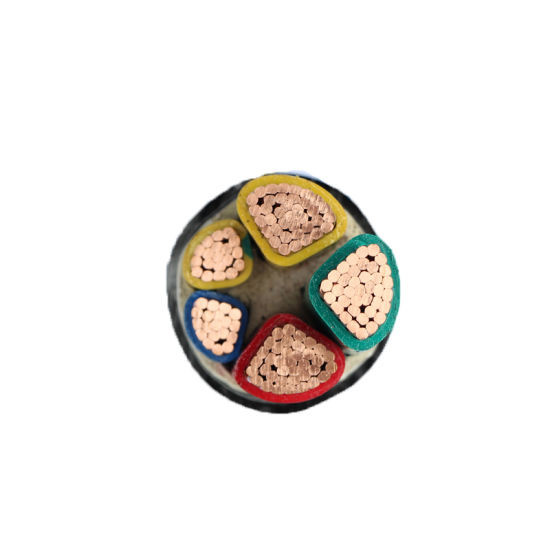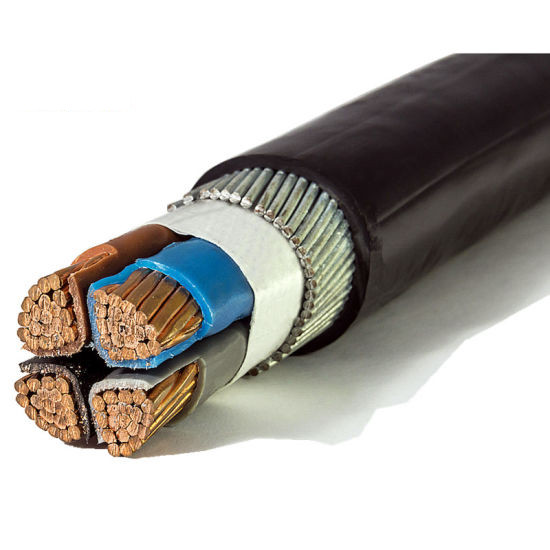-
![The difference bet···]() 2025-08-28 The difference between ordin···
2025-08-28 The difference between ordin···1. Different ApplicationsOrdinary cables are mostly used for power and signal transmission within fixed equipment that doesn't require frequent bending. Drag chain cables, on the other hand, are primarily used for power and signal transmission within mechanically operated equipment, which requir
read more > -
![How to distinguish···]() 2025-08-28 How to distinguish the speci···
2025-08-28 How to distinguish the speci···Wire and cable specifications and models are primarily distinguished by their identification codes, which include various aspects such as application, conductor material, insulation material, inner sheath, and outer sheath.I. Wire and Cable Application (Category) IdentificationA indicates installati
read more > -
![What are the main ···]() 2025-08-28 What are the main difference···
2025-08-28 What are the main difference···The main differences between fire-resistant and flame-retardant cables lie in their operating principles, structure, materials, fire resistance, and usage scenarios.Working PrincipleFlame-retardant Cable: Flame-retardant cables are based on two main principles: halogen-based and halogen-free. Haloge
read more > -
![What is the differ···]() 2025-08-28 What is the difference betwe···
2025-08-28 What is the difference betwe···The main differences between TRVV and RVV cables lie in their design, materials, and application scenarios. TRVV and RVV cables differ in structure, purpose, and performance. RVV is suitable for general household and indoor electrical connections, while TRVV is suitable for industrial and specialize
read more > -
![Specifications and···]() 2025-08-28 Specifications and models of···
2025-08-28 Specifications and models of···RVV sheathed cable specifications primarily include the number of cores and the conductor cross-sectional area. Common specifications are as follows:Number of CoresRVV sheathed cable typically has 2, 3, 4, 5, 6, 7, 8, 10, or 12 cores.Conductor Cross-sectional AreaCommon conductor cross-sectional are
read more > -
![The difference bet···]() 2025-08-28 The difference between KVV a···
2025-08-28 The difference between KVV a···The main differences between KVV and RVV cables lie in their use, structure, and performance.Applications and ApplicationsKVV cable: A control cable with excellent resistance to high temperatures, cold weather, and aging. It is primarily used for control and monitoring circuits and protection circui
read more > -
![The difference bet···]() 2025-08-28 The difference between VV an···
2025-08-28 The difference between VV an···1. Name and Material DifferencesInsulation MaterialVV Cable: Copper Core PVC Insulated and Sheathed Power Cable. Both the insulation and sheath are made of polyvinyl chloride (PVC), making it a traditional plastic power cable.YJV Cable: Copper Core XLPE Insulated and Sheathed Power Cable. The insula
read more > -
![Which grade is hig···]() 2025-08-28 Which grade is higher, flame···
2025-08-28 Which grade is higher, flame···The level of fire-resistant cable is higher than that of flame-retardant cable. There are significant differences in fire resistance between fire-resistant cable and flame-retardant cable, which are mainly reflected in the fire resistance time and power supply capacity.Structural differencesThe basi
read more > -
![The difference bet···]() 2025-08-28 The difference between flame···
2025-08-28 The difference between flame···The key differences between flame-retardant cables and conventional cables lie in their material formulation, flame-retardant properties, and intended use. Flame-retardant cables suppress flame spread by adding flame-retardant materials, while conventional cables lack these properties.Key Difference
read more > -
![The difference bet···]() 2025-08-28 The difference between ryjs ···
2025-08-28 The difference between ryjs ···1. RVS is insulated with PVC, while RYJS is insulated with polyolefin.2. RVS is a relatively common and inexpensive material, while RYJS is a low-smoke, halogen-free, and highly expensive material.3. RVS is used for twisted-pair cables, while RYJS is used for stranded cables.1. Type Differences:RVS
read more >

